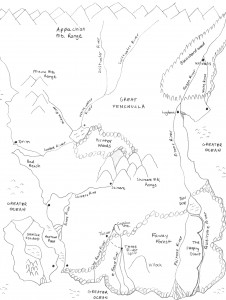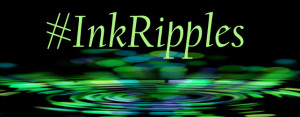Babies and young children have short attention spans, but the title of this post doesn’t refer to my kids’ attention spans; it refers to mine. I once read a quote about a mother’s attention span is only as long as that of her youngest child (I tried looking it up to cite it but couldn’t find it and, honestly, didn’t look that long 😉 ). My youngest is 7 months old, so that tells you about how long I can concentrate on any one thing. The shiny hot mess that is social media doesn’t help either!
Hence why I’ve been focusing a lot of my writing time on picture books. Not easier to write than novels, but easier to feel like I’m actually making some progress on it in the shorter work sessions that fit into my current life. I’ve also been reading a ton of picture books with the kids, so I’m naturally inspired by that form.
Yet that old perpetual WIP (work-in-progress) Elixir Saved is weighing on me. I’m at the point where not working on it is always in the back of my mind. It’s different than when I’ve consciously taken a break from it because I needed to. This time I kind of feel like I’m just avoiding it. I’m in the meaty middle of the draft. I know where the story needs to go and I have a solid idea of how to get it there, but it’s gonna take a lot of work. So, yeah, I should probably make it a priority to work on it, instead of finding new things to work on.
Not that I’m going to stop working on my picture books. I just think I need a better balance. Isn’t is that what it always comes down to in pretty much everything in life: finding the right balance.
One last thing. I’m also in the market for a picture book critique partner. I’ve got plenty of writing buddies to exchange novels with, but not so much when it comes to picture books. I’d like someone with a little bit of experience in the area, but you you certainly don’t have to be an expert. Send me a message if you’re interested in seeing if we’re a good match!




 I’ve been feeling particularly unproductive this year, in part because I haven’t been doing much drafting. It’s my favorite part of the writing process and the one that creatively feels the most fulfilling. I feel whole when I’m in the midst of a draft and able to lose myself in the process of adding words to the page.
I’ve been feeling particularly unproductive this year, in part because I haven’t been doing much drafting. It’s my favorite part of the writing process and the one that creatively feels the most fulfilling. I feel whole when I’m in the midst of a draft and able to lose myself in the process of adding words to the page.



















